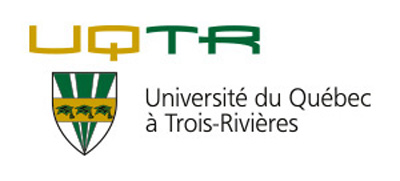Related projects
Discover more projects across a range of sectors and discipline — from AI to cleantech to social innovation.
Mitacs brings innovation to more people in more places across Canada and around the world.
Learn MoreWe work closely with businesses, researchers, and governments to create new pathways to innovation.
Learn MoreNo matter the size of your budget or scope of your research, Mitacs can help you turn ideas into impact.
Learn MoreThe Mitacs Entrepreneur Awards and the Mitacs Awards celebrate inspiring entrepreneurs and innovators who are galvanizing cutting-edge research across Canada.
Learn MoreDiscover the people, the ideas, the projects, and the partnerships that are making news, and creating meaningful impact across the Canadian innovation ecosystem.
Learn MoreG networks have emerged as a promising solution for Mobile Network Operators (MNOs) to offer ultra-fast mobile broadband and ultra-low latency services with exceptional reliability for consumers. By leveraging softwarization, Software-Defined Networking (SDN) and Network Function Virtualization (NFV), MNOs can offset the high capital and operational expenditures incurred due the additional deployment of legacy equipment. Cloud Radio Access Network (C-RAN) is a novel mobile network architecture that offers centralized operation of BaseBand Units (BBUs), and scalable deployment of lightweight Remote Radio Heads (RRHs). Elastic-RAN (E-RAN), Ericsson’s implementation of C-RAN, leverages SDN and NFV to offer flexible and elastic 5G network slicing to meet the different end-users QoS. Though virtualization facilitates flexible coordination between BBUs and RRHs, it introduces new security vulnerabilities in E-RAN. For instance, a Distributed Denial of Service (DDoS) attack can cause severe degradation of the QoS/QoE by compromising the availability of resources and the integrity of data. In this proposal, we: 1) employ Machine Learning (ML) to develop novel techniques for anomaly-based DDOS detection, 2) devise mitigation measures to protect against DDoS attacks and zero-day threats using ML, and leverage the flexibility offered by NFV and SDN to automatically reconfigure network slices across the multi-tenant E-RAN infrastructure.
Raouf Boutaba
Hyame Alameddine
Ericsson Canada
Computer science
Information and cultural industries
Elevate
Discover more projects across a range of sectors and discipline — from AI to cleantech to social innovation.
Find the perfect opportunity to put your academic skills and knowledge into practice!
Find ProjectsThe strong support from governments across Canada, international partners, universities, colleges, companies, and community organizations has enabled Mitacs to focus on the core idea that talent and partnerships power innovation — and innovation creates a better future.













































































































































































































































































































